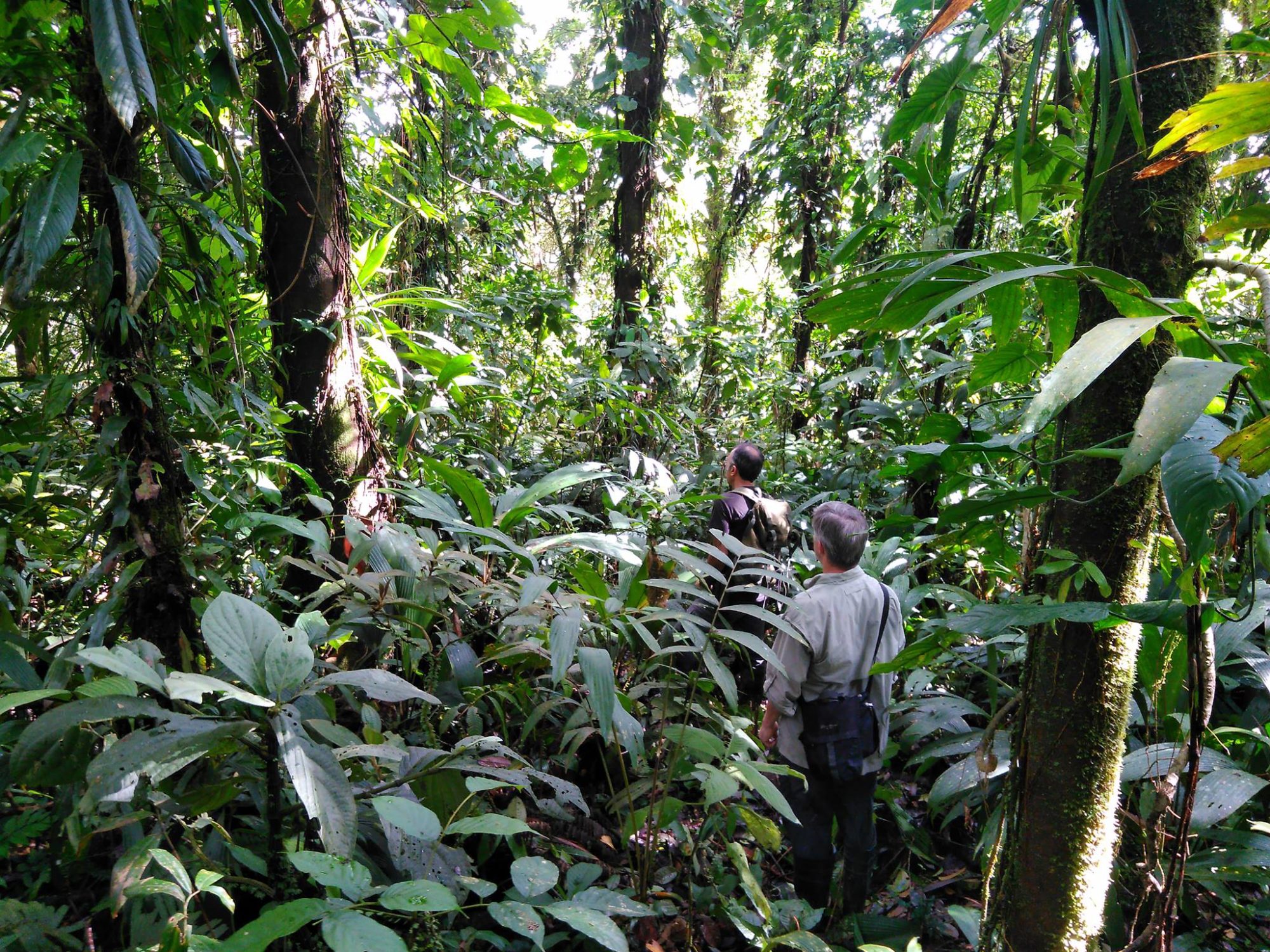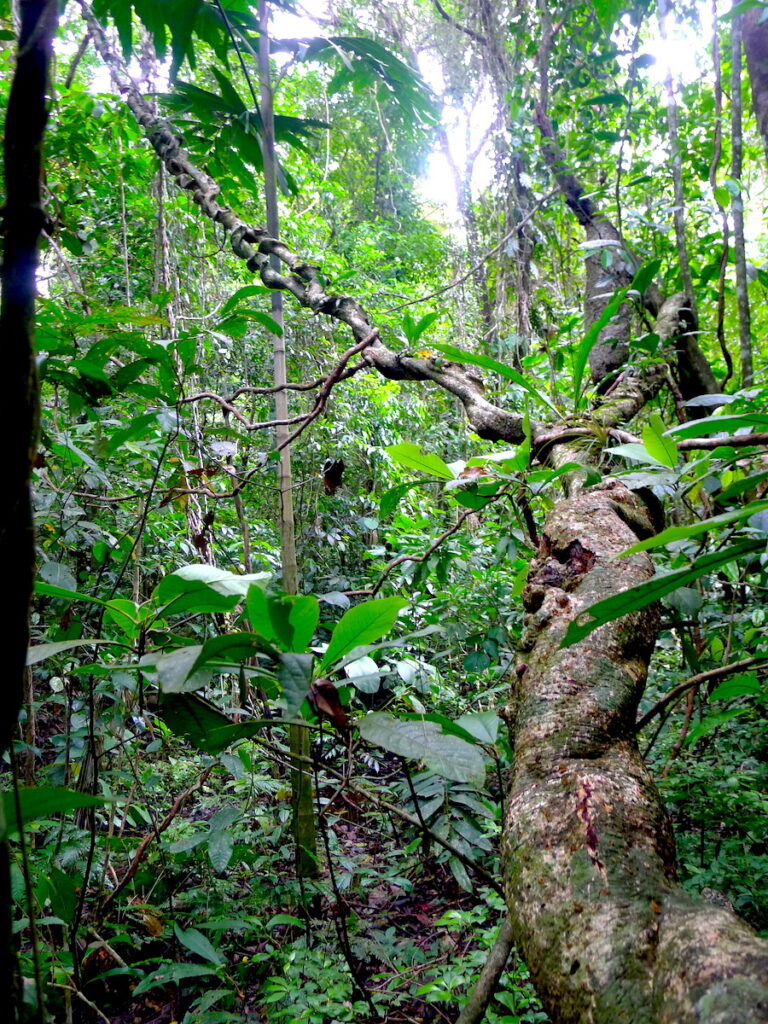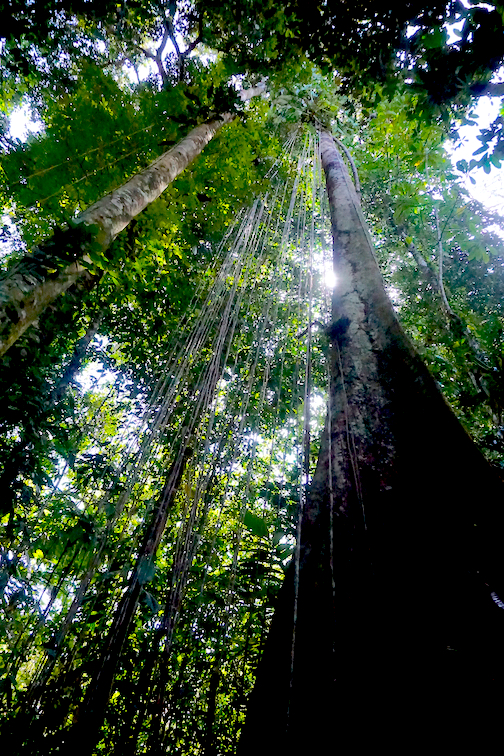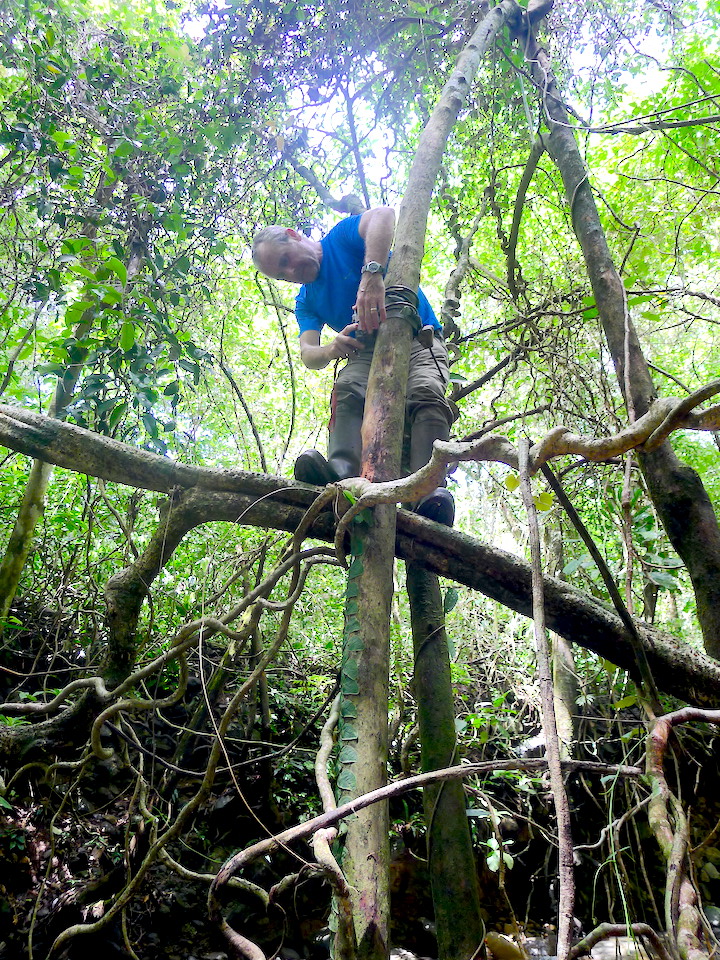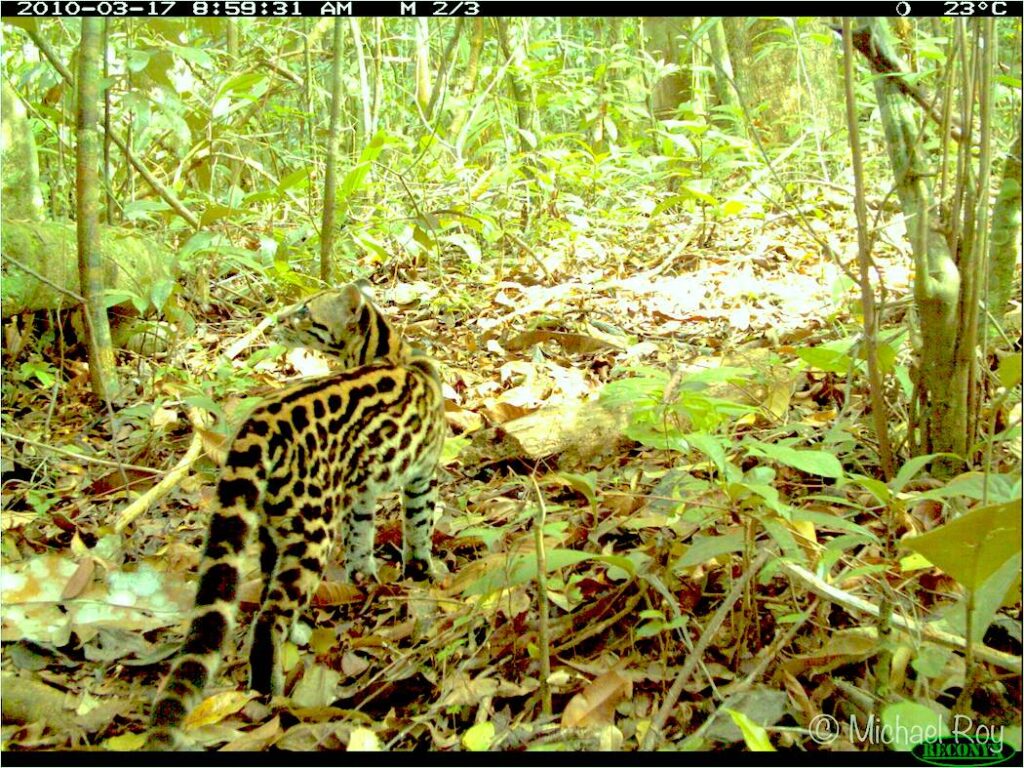Taking camera traps to another level
CREA researchers are about to embark on an ambitious long term study into margay, (Leopardus wiedii) an elusive denizen of Cocobolo’s forest.
What the study is about
We want to learn as much as we can about the habits of margay, one of the World’s least known small cats. Living their secretive lives in the hidden tangles of tropical forests in Central and South America margay are hard to observe. They are semi arboreal, living both on the ground and in the trees. Research has shown that at least part of their diet is made up of prey that are strictly tree dwelling, highlighting that their use of the arboreal habitat is not merely for a safe sleeping spot but that they actively hunt there. Uniquely adapted to spending much of their time in trees, we are going to follow them up there to see what they are up to, something which has never been done before.
Margay are listed as Near Threatened on the IUCN Red List due to destruction of their rainforest habitat, their world is shrinking at an alarming rate. In order to help them we need to understand their habits. Traditional monitoring methods use terrestrial based camera traps to record their activity on the ground. For margay these don’t work well and detection rates are very low; hence we need to get creative, moving up into the trees. Armed with more evidence of their lifestyle we can tailor conservation efforts where they are needed most. By preserving tropical forests for a charismatic spotted cat such as the margay we also help the wealth of other creatures that call it home, thus helping an entire ecosystem. A healthy ecosystem ultimately helps all mankind.
How we will do it?
We will begin by using 40 camera traps laid out in pairs, one placed traditionally on the ground; but, using arborist tree climbing equipment, we will ascend into the canopy to set the second up in the trees in an attempt to capture margay activity. This double approach will give valuable insight into how margay divide their time between the ground and trees addressing important behavioural questions.
Arboreal camera trapping is an emerging discipline, this will be a first for margay research and could revolutionise our understanding of this stunning cat. There are many challenges to contend with, not least of which is having to climb up tall trees and set up camera traps whilst hanging off ropes. All the usual camera trap conundrums of placement on the ground still exist compounded by the fact you are no longer operating in a 2 dimensional but a 3 dimensional, arboreal world.
